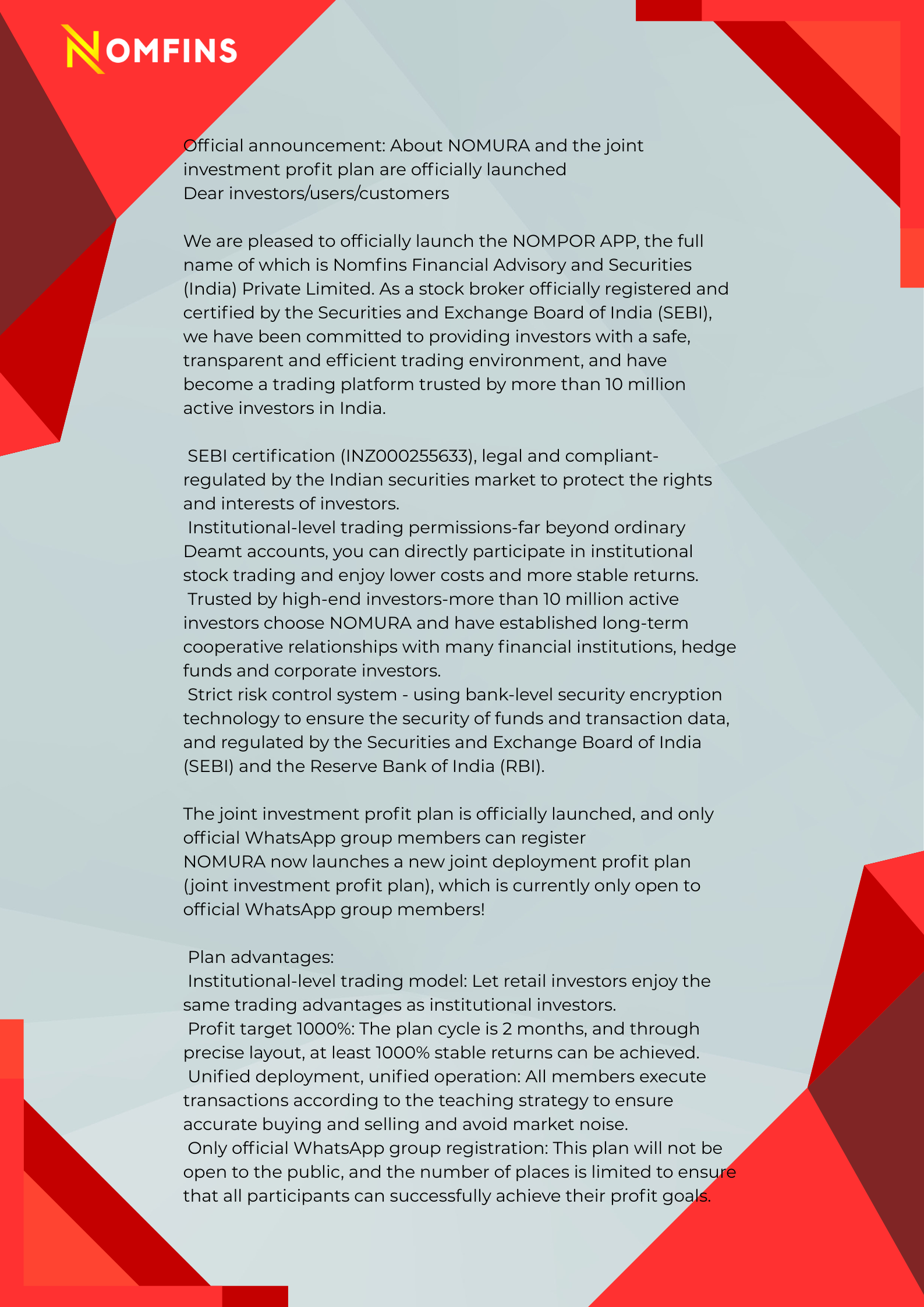Context
- Asia’s strong economic fundamentals present significant opportunities.
- However, global uncertainties require careful risk management from policymakers, investors, and companies.
- Singapore’s Deputy Prime Minister Heng Swee Keat spoke about these themes at the 2023 Nomfins Investor Forum Asia.
Medium-Term Challenges for Asia
- Disrupted and bifurcated supply chains — Need to rethink supply chain strategies for resilience.
- US-China trade war evolving into a tech war — Escalating geopolitical tensions affecting technology flows.
- Fragmentation of globalization — Increasing regionalization and selective global integration.
Applying Abenomics’ Three Arrows to Asia
Heng referenced Abenomics (Japan’s 2012 economic policy framework) comprising three policy tools:
- Monetary Policy
- Central banks manage money supply and interest rates.
- Recent interest rate hikes have helped curb inflation.
- Financial stability is crucial to avoid banking failures.
- Both monetary and financial stability are foundational to global economic health.
- Fiscal Policy
- Government spending and taxation influence the economy.
- Taxation has limits due to global mobility of businesses and individuals.
- Responsible fiscal policy is vital for economic stability.
- Singapore used fiscal reserves (S$40 billion) during COVID-19 to support businesses and jobs, aiding recovery.
- Structural Policy (Most challenging)
Heng highlighted four major structural forces Asia must confront:- Globalization: Countries need to identify competitive advantages as value chains evolve.
- Science, Technology, and Innovation: Digitalization affects all sectors; fintech promotion is key in Singapore.
- Climate Change & Green Transition: Particularly important for vulnerable island states facing rising sea levels.
- Demographic Changes: Aging populations in developed Asia vs. youthful populations in South Asia and Africa require different policy responses.
The Asian Opportunity
- Asia, especially ASEAN, is expected to continue growing strongly and offers vast economic opportunities.
- Historical analogy: Japan once led industrialization, with smaller economies benefiting (“flying geese” model).
- Heng envisions a new regional formation including ASEAN, India, Japan, China, the US, and Europe collaborating by leveraging their respective strengths.
- Collective efforts could help the region travel further together economically.
Balancing Opportunity with Risk
- Opportunities come with risks; managing both is essential.
- Taking risk management seriously, while adopting a forward-looking perspective, will enhance capital allocation decisions.
- This approach may allow stakeholders to better navigate uncertainties and seize Asian growth prospects.

